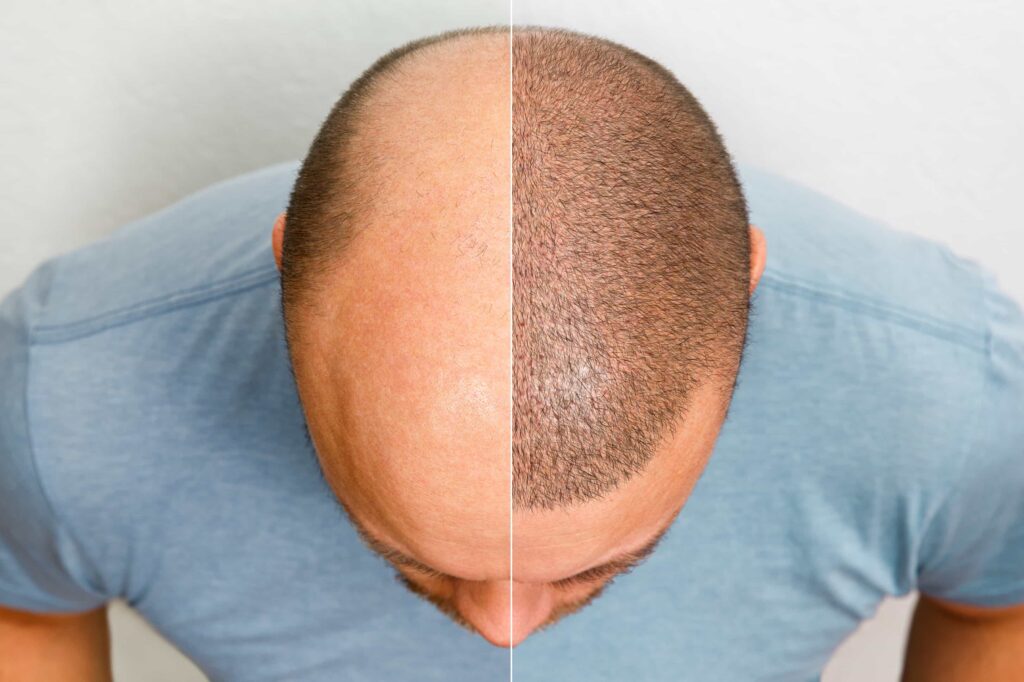A breast lift, or mastopexy, elevates the breasts by removing excess skin and tightening tissue to reshape and support their new contour.
A breast lift, clinically referred to as mastopexy, is a surgical intervention conducted by a plastic surgeon to alter the contour of the breasts.
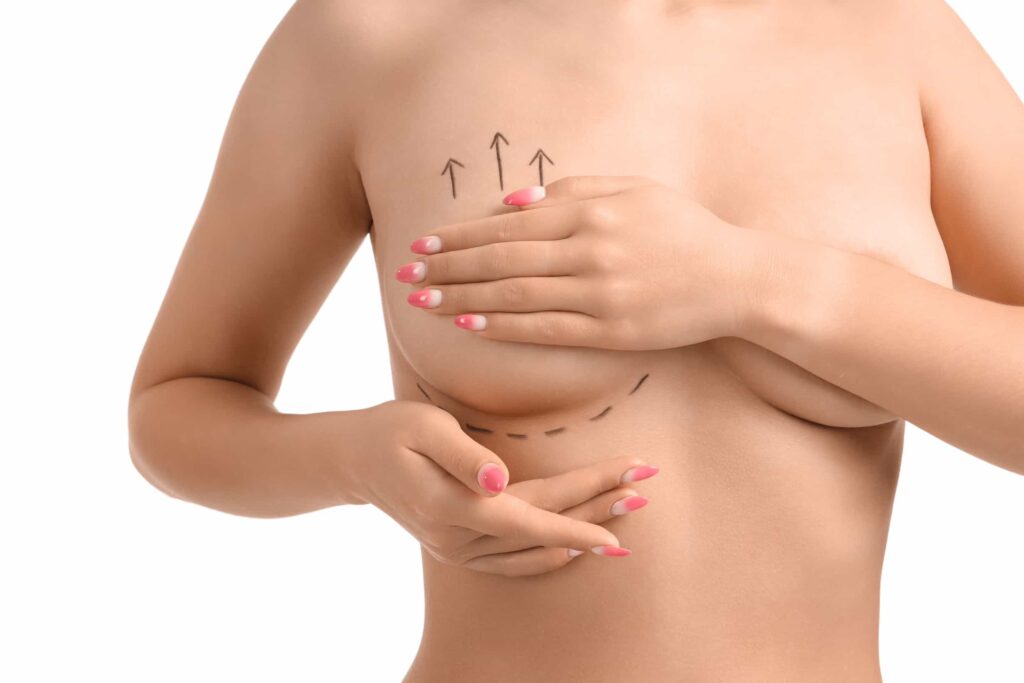
As you age, your breasts change shape. They often lose firmness, and the skin becomes less elastic. When skin stretches, it may not bounce back like it used to. Several factors can cause these changes, including:
1.Pregnancy: During pregnancy, breast ligaments stretch from added weight and fullness. This can lead to sagging after pregnancy, even if you don’t breastfeed.
2.Weight Changes: Gaining or losing weight can stretch the breast skin. Over time, this can reduce the skin’s ability to stay tight.
3.Gravity: Gravity pulls on breast tissue and ligaments, causing them to stretch and sag over time.
A breast lift helps reduce sagging and raises the nipples. It can also lift and reshape the areola (the darker skin around the nipple) to better match the new breast shape.
You may want to consider a breast lift if you notice the following:
•Your breasts sag, look flat, or have lost volume.
•Your nipples fall below the breast fold when not supported.
•Your nipples or areolae point downward.
•Your areolae look stretched and out of proportion with your breasts.
•One breast sits lower than the other.
A breast lift isn’t right for everyone. If you plan to get pregnant later, you may want to wait. Pregnancy can stretch the breasts again and undo the lift’s results.
Breastfeeding is usually still possible after a lift, but it may be harder to produce enough milk.
Breast lifts work on all sizes. However, people with smaller breasts often see longer-lasting results. Larger breasts may sag again more quickly due to their weight.
– Addressing Sagging: Corrects moderate to severe sagging due to pregnancy, childbirth, breastfeeding, or significant weight fluctuations.
– Enhancing Shape: Elevates the breast mound, enhances projection, and resizes areolas for improved aesthetic appeal.
– Repositioning Nipples: Allows for repositioning of nipples to a higher placement if they have descended over time.
– Integration with Other Procedures: Can be performed alongside breast implants or breast reduction surgeries for a more youthful appearance.
– Enhancing Confidence: Restores femininity and comfort, positively impacting self-esteem and body image.
– Scars are permanent but tend to fade over time.
– Breast Asymmetry-Uneven breast size or shape is a common occurrence during the healing process post-surgery.
– Changes in Sensation-Temporary numbness in the nipples or breast tissue can occur.
– Nipple or Areola Loss- Rarely, compromised blood supply may result in partial or complete loss of the nipple or areola.
Before Surgery
Before your breast lift, you will meet with a plastic surgeon for a consultation. During this visit, you will talk about:
•Your goals and what you hope to achieve.
•Your medical history, including any health issues, allergies, past surgeries, and mammogram results.
•Any personal or family history of breast cancer.
•All medications you currently take, including blood thinners, vitamins, or over-the-counter drugs.
•Whether you use alcohol, tobacco, or recreational drugs.
Next, your surgeon will:
•Examine and measure your breasts.
•Mark the area to be treated.
•Take photos for your medical records.
•Explain your surgical options and recommend the best one.
•Review anesthesia choices and go over the risks.
If you’re a good candidate and decide to go forward, you’ll sign a consent form. This confirms that you understand the risks and have realistic expectations.
To get ready for surgery, your surgeon may also ask you to:
•Get a blood test or physical exam.
•Have a mammogram.
•Stop using tobacco products.
•Stop taking certain medications like aspirin, NSAIDs, or herbal supplements.
During Surgery
On the day of surgery, most breast lifts take place in a hospital or surgical center. The procedure usually lasts one to two hours.
During the procedure, the surgical team will:
•Give you a gown and help you onto the operating table.
•Give you anesthesia to keep you comfortable.
•Clean your skin and mark the areas for surgery.
•Make incisions around the areola and possibly down or across the breast.
•Remove or reshape tissue and fat to lift the breast.
•Tighten the muscles with stitches, if needed.
•Move the nipple and areola to a higher position.
•Remove extra skin.
•Close the incisions.
•Apply bandages and possibly a surgical bra for support.
Types of Incisions
After reviewing your needs, your surgeon will choose the best incision method. This depends on your breast size, shape, skin elasticity, and how much sagging you have.
Common incision types include:
•Crescent: A small cut on the upper half of the areola, often used with implants for minor sagging.
•Donut: A full circle around the areola, often used for mild to moderate lifting.
•Lollipop (Vertical): A circle around the areola plus a line down to the breast crease.
•Anchor (Inverted T): A circle around the areola, a vertical line down, and a line along the breast fold. This is best for major sagging or when paired with breast reduction.
Each incision type helps the surgeon lift and reshape the breast to match your goals.
After a breast lift, you may experience discomfort, swelling, and bruising, with tightness in the skin that typically improves within two weeks. If drains were placed near the incisions, they will be removed by your healthcare team a few days after the surgery, while the incisions themselves can take several months to heal.
Surgeons often recommend sleeping on your back for a few weeks post-operation. You might have a tube near the incisions to help drain fluid and minimize swelling. Your surgical team will provide specific recovery instructions, which may include proper care for drains, limited arm movement, reporting complications, pain management, and wearing a special bra for support during healing.
The results of a breast lift will be immediately apparent. The breasts will appear firmer, more elevated, and exhibit a more youthful appearance. Additionally, many individuals have reported that their bras and clothing fit more satisfactorily following the procedure.
Breast is a safe procedure however the common surgical complications may arise such as bleeding, blood clots, and nerve damage. Additionally, there is the possibility of developing a hematoma or an infection. Anesthesia-related issues, such as nausea or difficulty waking up, are also concerns. It is important to be aware of these risks when undergoing treatment.
The average cost of a breast lift, also known as mastopexy, is approximately $6,816, based on the most recent statistics from the American Society of Plastic Surgeons. It is important to note that this average cost represents only a portion of the total expenditures, as it does not encompass anesthesia, operating room facilities, or other associated expenses. We recommend consulting with your plastic surgeon’s office to ascertain the final fee.


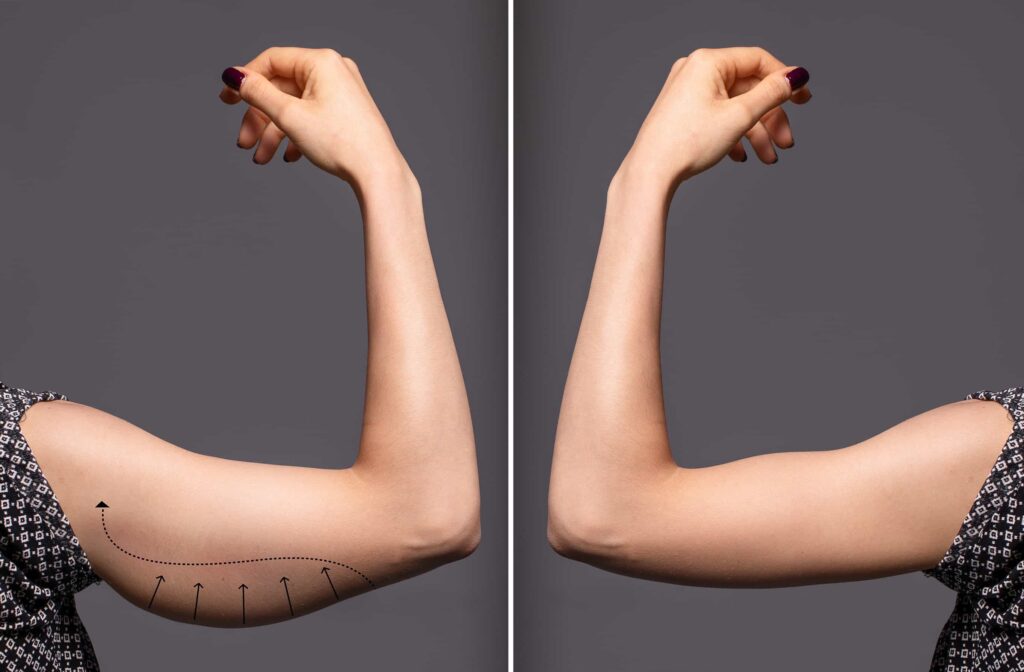
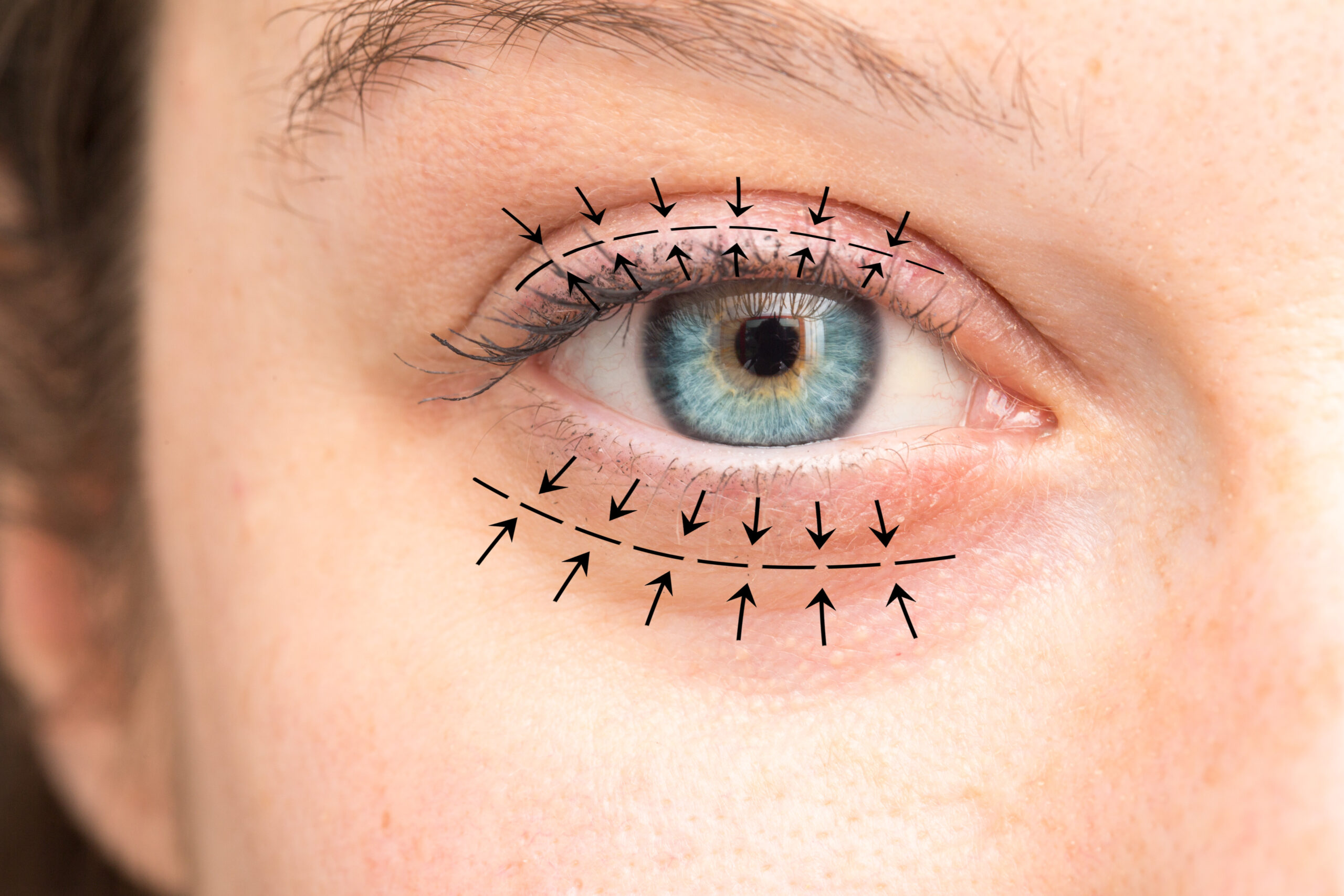
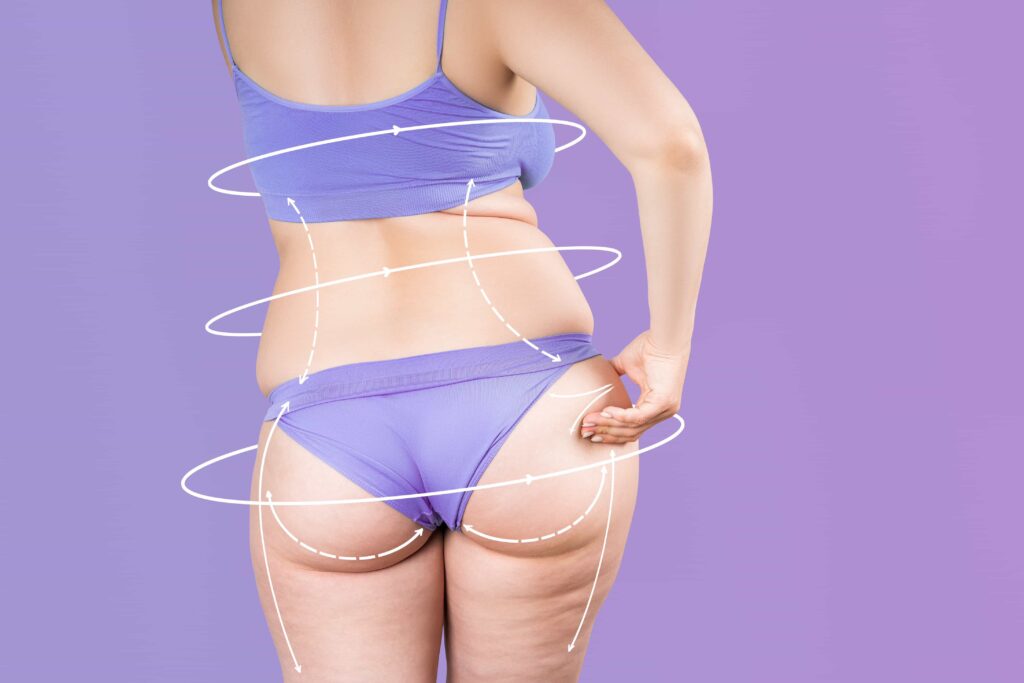

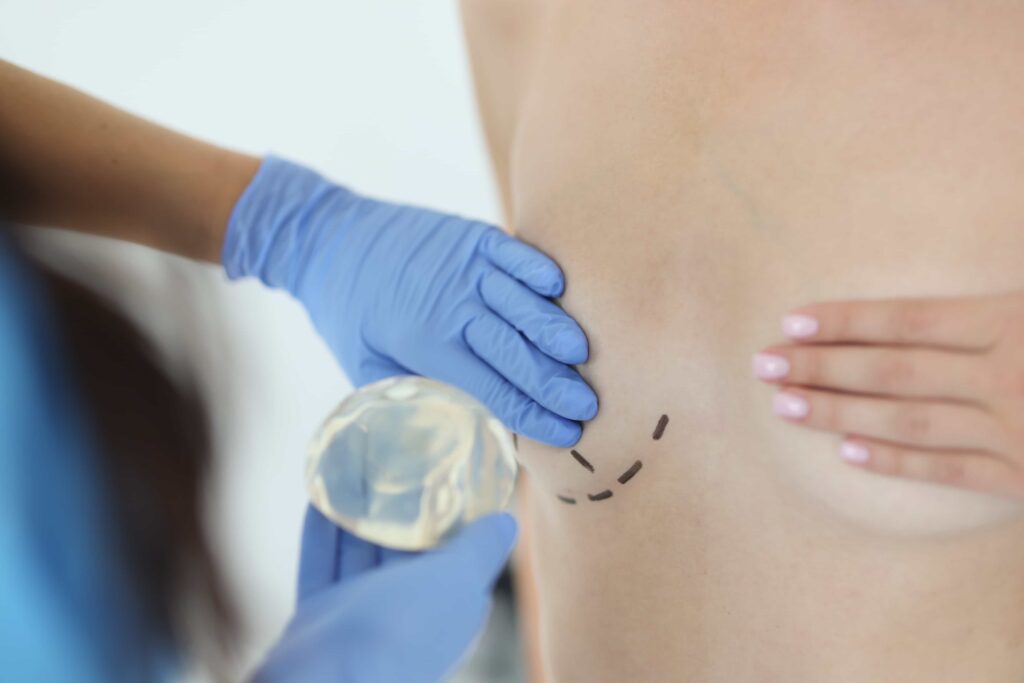
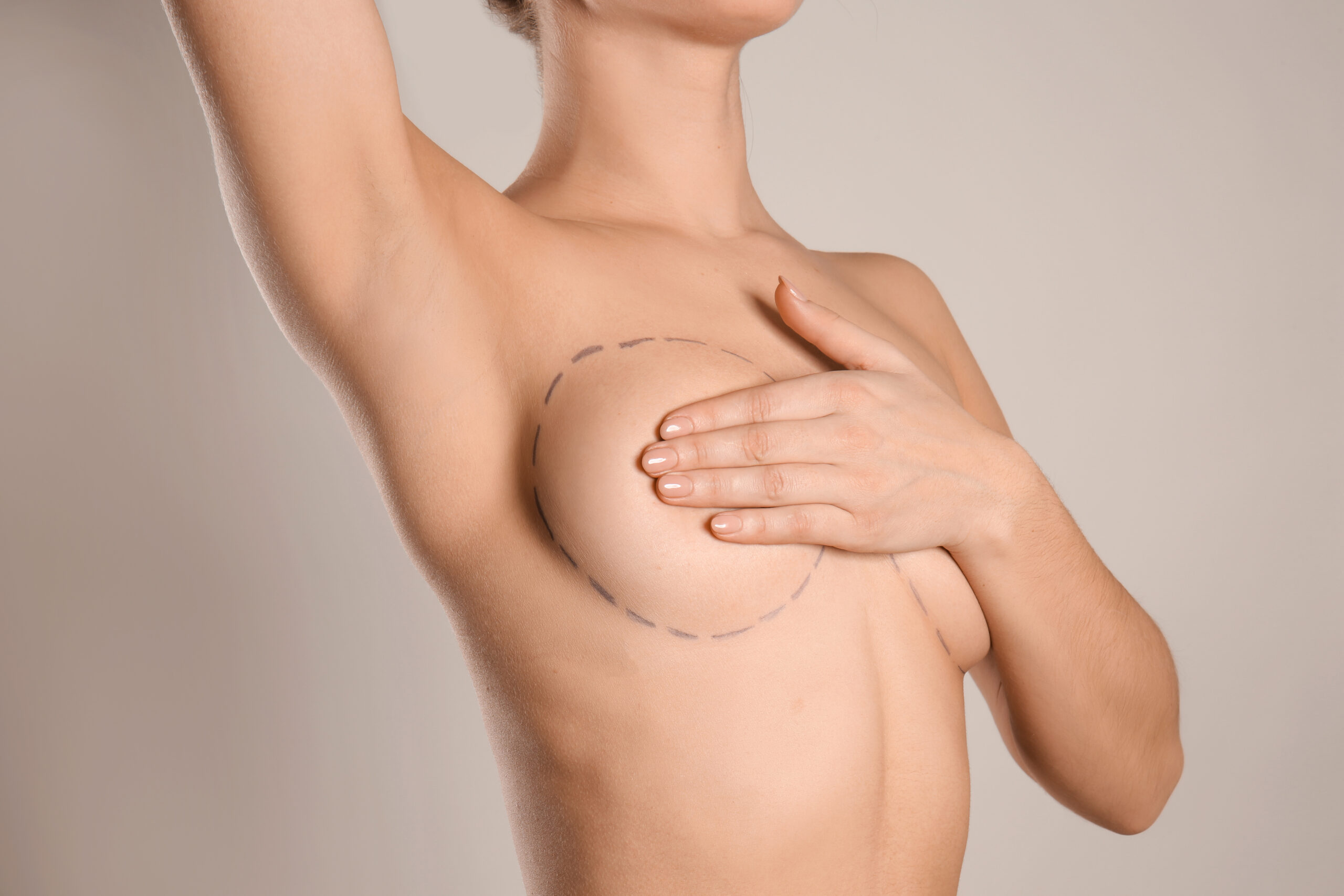


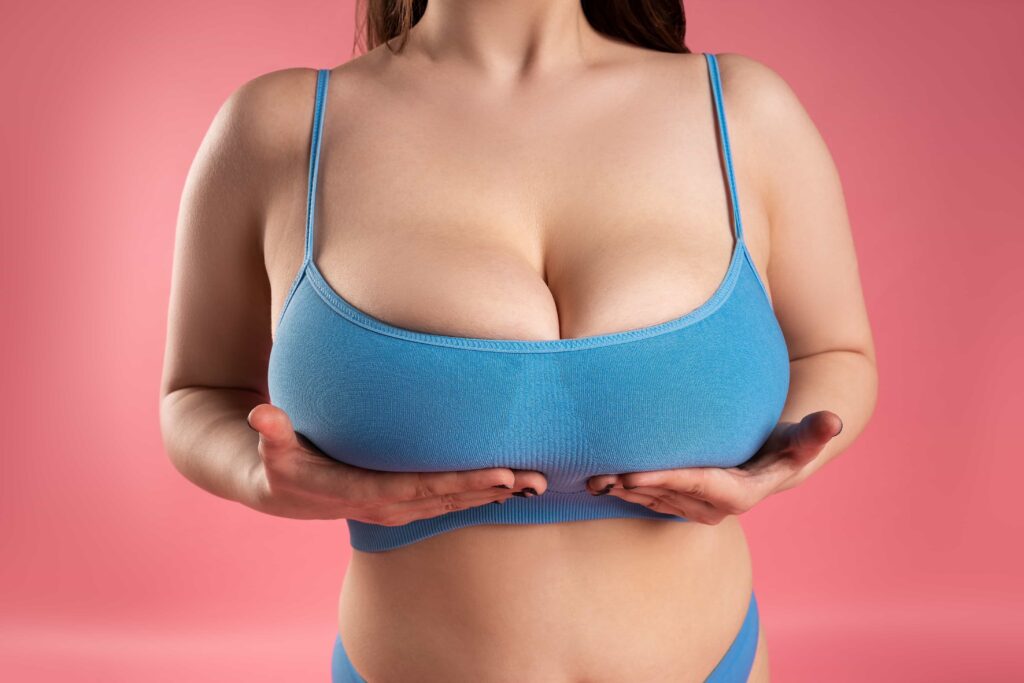
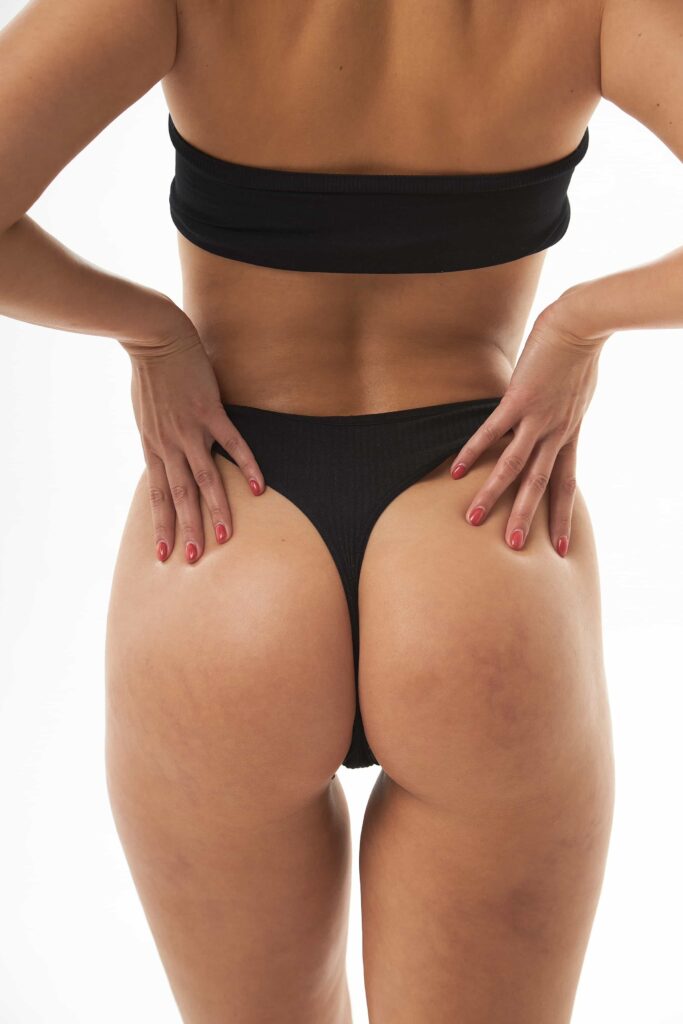


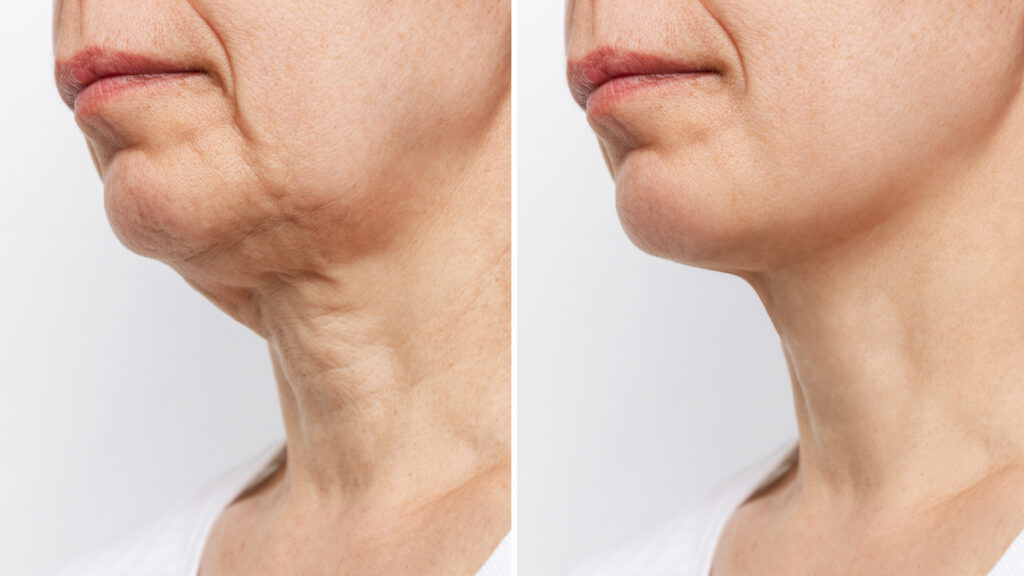

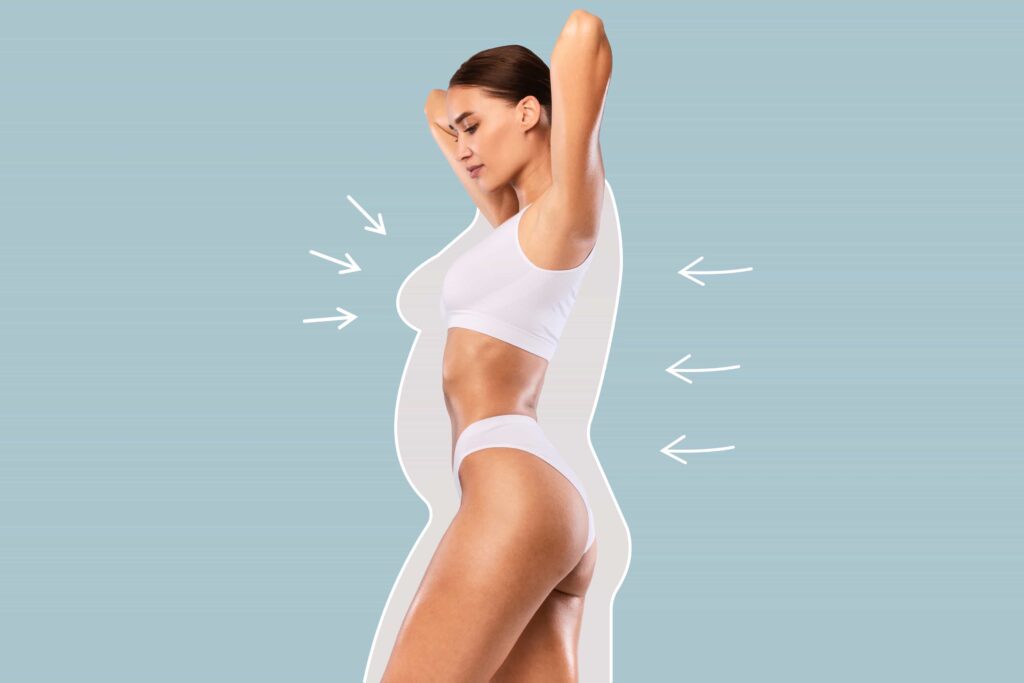
Fat grafting is a procedure that enhances and naturally adds volume to areas of the body by using your own…

